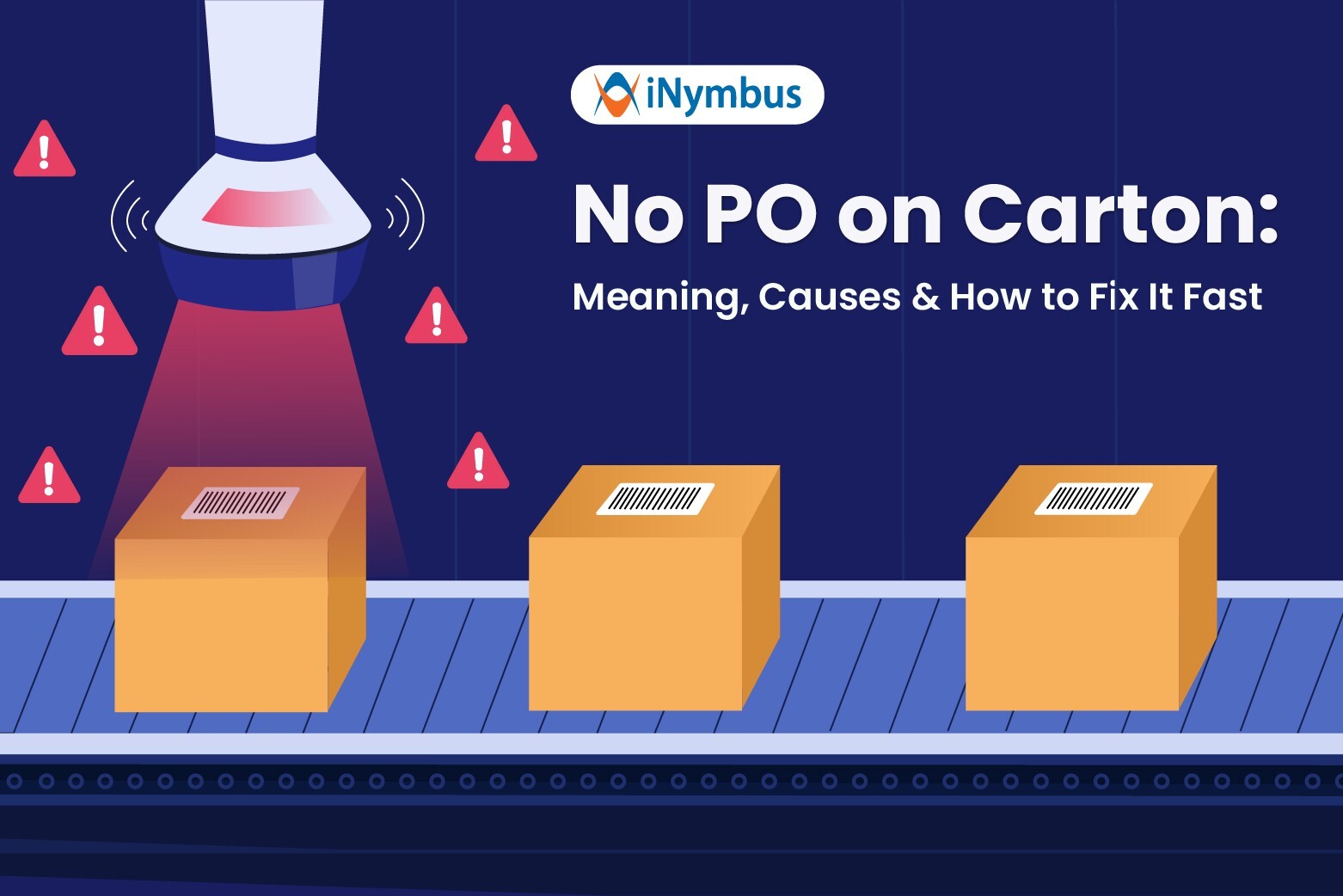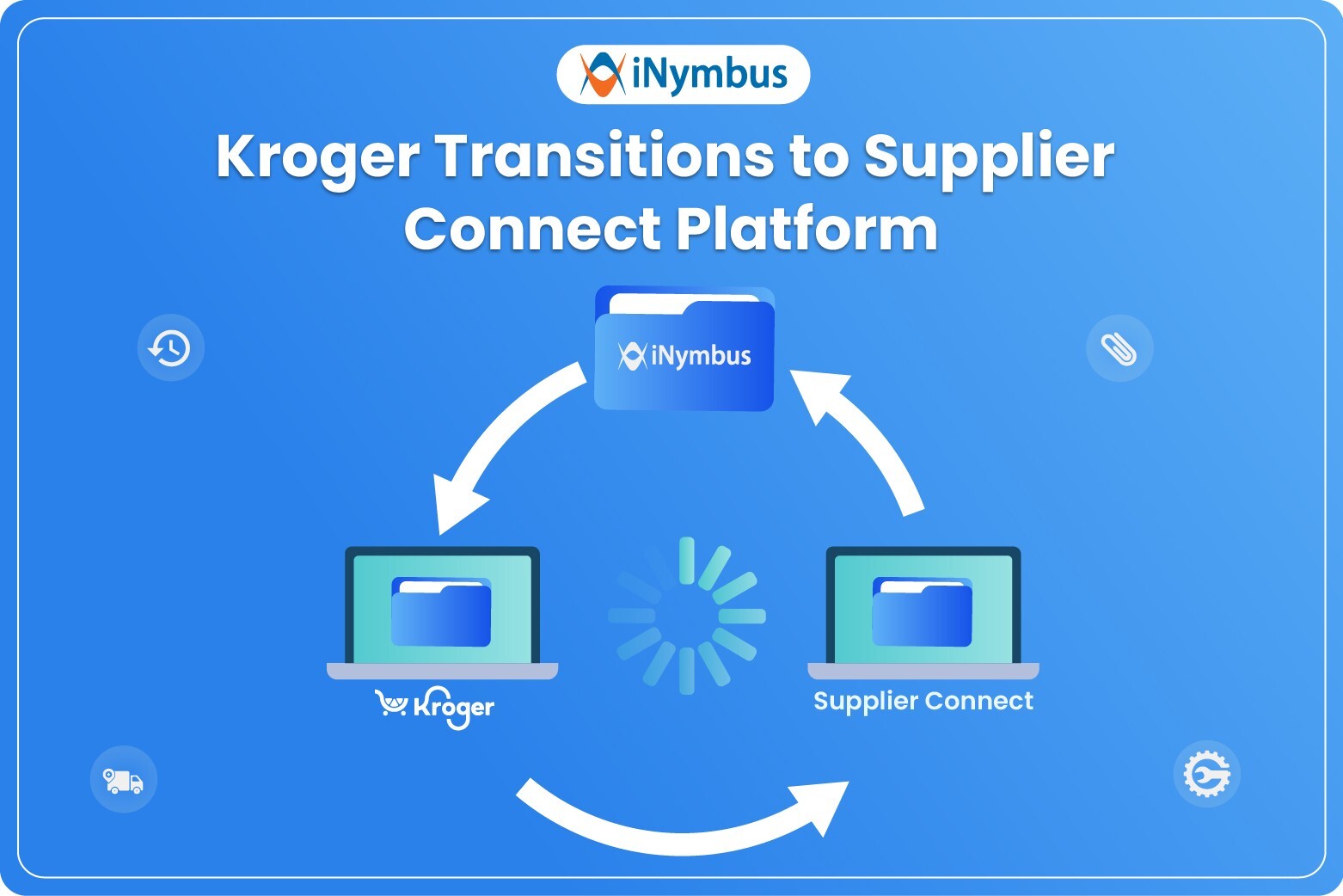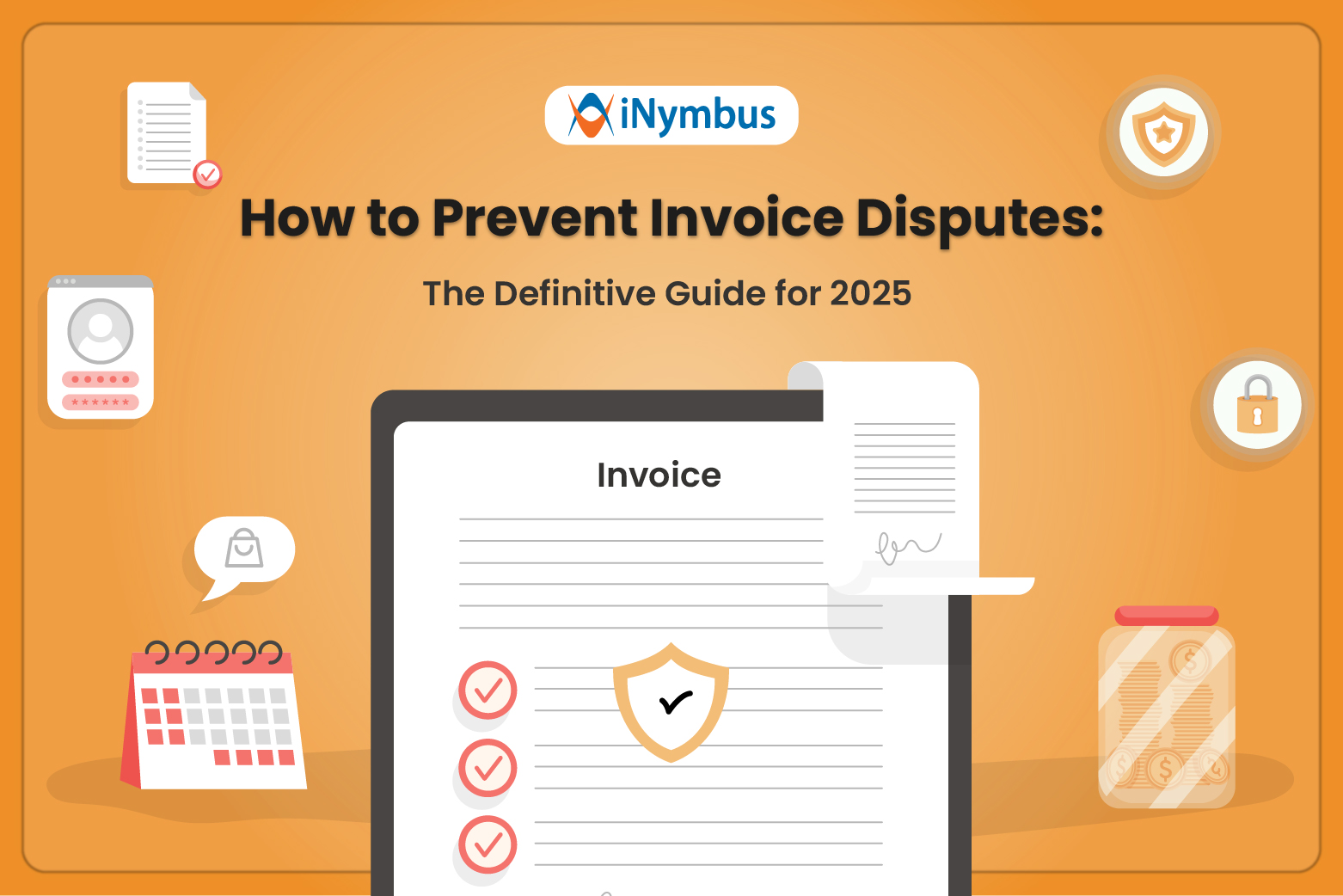Order Management KPIs: Calculate Top 6 Essential Metrics

Efficient order management is key to keeping operations smooth, cutting costs, and improving customer satisfaction. Tracking Order Management KPIs shows performance, but optimizing them improves speed, accuracy, and cash flow.
Accurate order information helps businesses minimize human error, maintain optimal inventory levels, and ensure seamless transactions when a customer places an order.
This blog covers key Order Management KPIs and how automation boosts efficiency and revenue recovery. Whether you are managing orders or dealing with retailer deductions, improving these Key Performance Indicators (KPIs) is key to success.
Top 6 Order Management KPIs for Business Success
Tracking the right KPIs can improve efficiency, cut costs, and enhance customer satisfaction. With the help of order management KPIs, businesses can streamline how they process orders and make operations less time-consuming.
Monitoring these metrics enables data-driven decisions, helping optimize the business process for better performance. Here are the top 6 Order Management KPIs that businesses should track and improve:
1. On-Time Shipping Rate
What it is: The on-time shipping rate measures the percentage of orders shipped within the promised timeframe. A higher rate means happy customers, fewer penalties, and stronger relationships with retailers.
Example:
Amazon promises 2-day Prime shipping. If they ship 9.5 million orders on time out of 10 million, the on-time shipping rate is 95%.
How to improve:
- Organize warehouses for faster order processing.
- Use live tracking to avoid delays.
- Work with reliable shipping partners.
2.Order Fill Rate
What it is: This shows how often customers get their complete order without anything missing. A high fill rate means businesses manage orders well and deliver them on time. It helps ensure customers receive what they expect, reducing complaints, order cancellations, and lost sales.
Example:
An online electronics store receives 5,000 laptop orders. If they successfully deliver 4,900 complete orders without missing accessories or components, their order fill rate is 98%.
How to improve:
- Double-check orders before shipping to avoid missing items.
- Use automation to track and fulfill orders accurately.
- Improve order tracking to spot and fix errors quickly.
Calculator: Calculate your Order Fill Rate here.
3. Perfect Order Rate
What it is: Tracks how many orders are shipped without errors (on time, correct items, no damage, and correct invoice). A high perfect order rate means fewer disputes, better customer satisfaction, and stronger retailer relationships.
Example:
Nike uses RFID tracking to avoid mistakes. If they ship 92,000 error-free orders out of 100,000, their perfect order rate is 92%.
How to improve:
- Use automation to double-check orders.
- Scan barcodes or RFID tags to prevent mix-ups.
- Improve quality checks before shipping.
Calculator: Calculate your Perfect Order Rate here.
Special Note
Key Difference – Order Fill Rate vs. Perfect Order Rate:
- Order Fill Rate checks if the entire order was delivered.
- Perfect Order Rate measures accuracy, timeliness, and error-free fulfillment.
4. Return Rate
What it is: The percentage of orders customers send back. High return rates usually mean product issues. Returns can increase costs and affect customer satisfaction, making it crucial to identify and address the root causes. A lower return rate indicates better product quality and accurate order fulfillment.
Example:
Zara sees many returns because of sizing issues. If customers return 100,000 out of 1 million shipped orders, the return rate is 10%.
How to improve:
- Give accurate product descriptions and size guides.
- Improve packaging to avoid shipping damage.
- Analyze return reasons and fix common issues.
Calculator: Calculate your Return Rate here.
5. ASN Compliance Rate
What it is: Tracks whether Advance Shipping Notices (ASNs) are sent correctly and on time to retailers. Late or inaccurate ASNs can cause delays, errors, and penalties, impacting business relationships and efficiency.
Example:
Target requires suppliers to send ASNs before shipping. If a vendor sends 4,500 accurate ASNs out of 5,000, their ASN compliance rate is 90%.
How to improve:
- Automate ASN creation to avoid mistakes.
- Ensure ASN details align with purchase orders.
- Use EDI (Electronic Data Interchange) for faster processing.
Calculator: Calculate your ASN Compliance Rate here.
6. EDI Invoice Matching Accuracy
What it is: EDI invoice matching ensures that invoices align with purchase orders, preventing errors and chargebacks. This accuracy helps reduce payment delays, improve cash flow, and minimize disputes with retailers.
Example:
Home Depot requires perfect EDI invoices. If a supplier sends 98,000 correct invoices out of 100,000, their accuracy rate is 98%.
How to improve:
- Cross-check invoice details before sending.
- Use automation to detect mismatches.
- Ensure invoice pricing, quantity, and terms match the order.
Calculator: Calculate your EDI invoice matching accuracy here.
Calculator:
How iNymbus Helps in Disputing Deductions While Improving KPIs
Deductions and chargebacks are an inevitable part of being a supplier. No matter how efficiently you manage orders, retailers will still issue deductions for various reasons. The real challenge lies in handling them effectively—this is where iNymbus comes in.
iNymbus not only automates the entire dispute process but also provides analytical insights into deductions. Unlike manual dispute resolution, where suppliers are focused only on recovering lost revenue, iNymbus helps identify patterns in deductions, enabling businesses to take preventive measures to reduce them over time—just as many of our clients have done.
Example 1: A Supplier Improves ASN Compliance Rate
A Walmart supplier receives 1,000 deductions every month. With over 150 Walmart deduction codes, tracking the root causes manually is overwhelming.
💡 With iNymbus, suppliers gain data-driven insights. Suppose 10% of the deductions are due to Code 24 – Late/Unconfirmed ASN (Advance Shipment Notice). Armed with this information, the supplier can optimize internal processes to ensure ASNs are sent on time, preventing future deductions.
The iNymbus Advantage: Beyond Just Disputes
🔹 Recover lost revenue faster – Automated claims filing with supporting documents.
🔹 Reduce future deductions – Identify recurring issues and fix them proactively.
🔹 Improve KPI performance – Ensure compliance and streamline operations.
Conclusion
Optimizing Order Management KPIs enhances efficiency, reduces errors, and streamlines operations. A well-optimized OMS improves order accuracy, minimizes manual processes, and ensures better inventory management.
By tracking these metrics, businesses can make informed decisions, improve forecasting, and enhance customer satisfaction while achieving cost savings.




